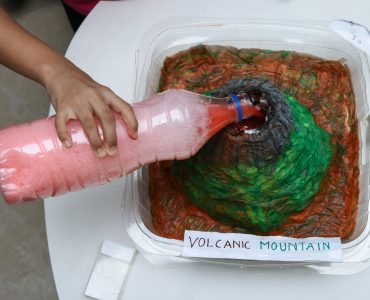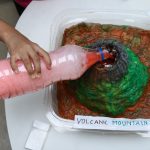Research and development is an important aspect of any society that strives for excellence in scientific innovation. The culture of technological advancements is a continuous process that is usually introduced to an individual from a young age. Hence, there are several efforts within the educational sector to ensure that students don’t miss the mark when it comes to winning science fair projects ideas.
To succeed in any science fair project you need to be creative and have an investigative mind. Successful science fair project ideas involve strategic research to participate in an innovative task. The different processes involved are highlighted here to serve as a guide for any science fair projects.
Basic features of winning science fair project ideas
Topics: It’s important to study the environment to identify challenging issues that require ingenuity to be resolved while conducting appropriate experiments. You could decide on winning science fair project ideas from different branches of science such as the following:
Physical science- Aerodynamics and Hydrodynamics
Social/Behavioral Science – Sociology, Human Behavior, Psychology.
Math/Computer Science: Cybersecurity, Computer Algorithms
Natural Science: Biochemistry, Biotechnology, Genetics
Earth/Environmental Science: Geology,
Display board: You will need to effectively communicate your ideas with others during the presentation in an orderly manner. It’s important to organize your information so that your audience can easily understand your message from top to bottom, then left to right.
Format Style: The ideas from the project have to be laid out according to the defined structure for scientific research. The content and information should be segmented according to the following sections: Abstract, question, hypothesis, variables, empirical research, and interpretation of findings, and recommendation.
The winning science fair project ideas have to comply with the scientific method of conducting research. Therefore, it’s necessary for the project to start with a question that’s based on an observation made or on a particular topic of interest. Your questions may likely begin with words like, what, why, how, when, or where.
You should also conduct research about your questions via the use of resource materials and books, as well as on the internet. Another important element in the project is the hypothesis which would reflect your answers to the questions concerning the proposed topic. Hypotheses are simple statements that you need to test for validity. Then you conduct an experiment on the hypothesis changing one variable with every other thing remaining constant.
Thereafter, you may collect the data and record your results, measurements, observations, and descriptions in the form of charts. You may also use graphs, notes, and diagrams, and a draft analysis of the data collected with a summary of your results.
Schools in the United States organize competitive science fairs (C-SF) and non-competitive science fair (NC-SF) for students. However, the (NC-SF) is more popular among high school students because it enables them to learn basic research methods and scientific thinking without too much pressure.
The science fair is widely implemented as a form of formal and informal education within schools in the United States. Its long history was recognized by President Obama in 2011when he addressed the state of the Union: “We need to teach our kids that it’s not just the winner of the Super Bowl who deserves to be celebrated, but the winner of the science fair.”
Research findings suggest that few students felt that the competitive science fair is necessary while a larger percentage isn’t interested in competing and believe (C-SF) should be optional and not required.
The winning science fair project ideas should contribute value to the body of knowledge when proper research is conducted using the right procedures.












